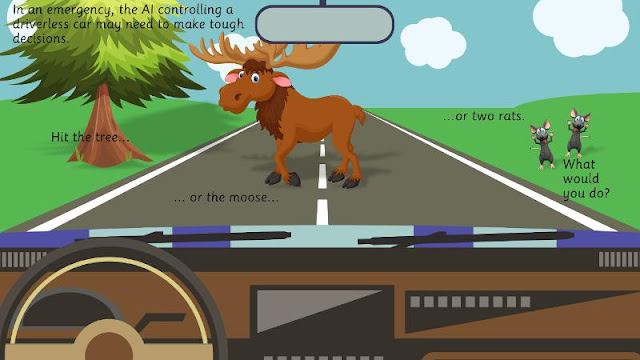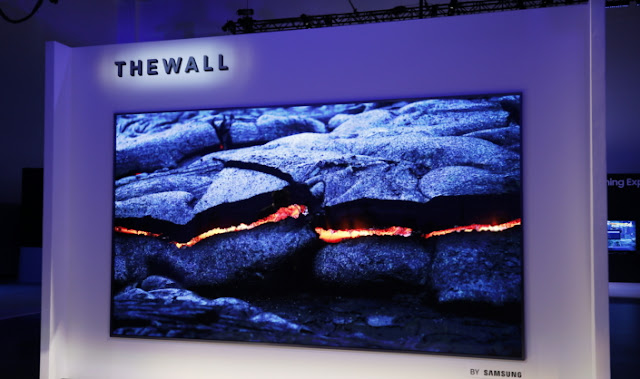Bringing artificial intelligence as a subject to study for younger generation
The world is moving towards the artificial intelligence and it will become an integral part of everything from technology, hardware, software to almost anything comprehensible. Before that happens we need to get our next generation known about its intricate and complex concepts and science governing it.Taking artificial intelligence right to the younger audience wouldn’t be a simple task given its complexity. However a professor from the Queensland University of technology has found a remarkable way of teaching the intricate working of the artificial intelligence with a simple book titled “The Complete Guide to Artificial intelligence for Kids”.
Introducing Artificial intelligence to kids
The professor of the Robotics from QUT named Michael Milford is keen on making the young generation adept at understanding the artificial intelligence than any generation before them. He is introducing the AI to the kids in the primary school through a specially crafted book and a number of accompanying tactics which makes the complex themes and working of AI as simple enough to understand by a young mind. The best thing about this teaching methodology is that it can even used to teach AI even to the parents and grandparents alike which will help in creating a world where AI isn’t an enigma.Michael has created this teaching program by drawing the insights from his vast experiences as the teacher as well as a capable researcher in the field robotics. He is also well versed in the field of the autonomous vehicles and even the exclusive brain-related technology.
In simple words he is best person to unlock the mysteries of the AI to the younger generation in a way which is both interaction and educational in every given manner. It is worth pointing out that Michael is regular speaker on the subject of Artificial intelligence at varied conference, schools, workshops and other popular events like World Science Festival Brisbane.
Michaela states that currently our world is buzzing with the talks about AI and the demand of deriving insights and information utilizing the AI capabilities is at its peak. We are bringing the AI right to the every basic sector of the society from the transport, finance, government to the public institutions. Therefore it is necessary to bring the knowledge of the artificial intelligence in tits and bits which help them in getting the bigger picture of the AI like even we can’t understand and or make them understand the way we know it.
Educating kids in their way using Artificial intelligence
The inspiration behind taking AI to the kids emerges from the constant enquiries made by his son about his work. IN order to make him understand about his work he had to make his understand some bits of the robotics then some bits about the AI. But when it came to AI he had make his understand a number of basic underlying concepts like how actually AI works, learns, interpret data and how good or bad affects it can have upon the society.Artificial intelligence as simple as it sounds because it brings the culmination of varied fields like machine learning, science, computing, mathematics and other but this book helps in explaining everything to kids.








